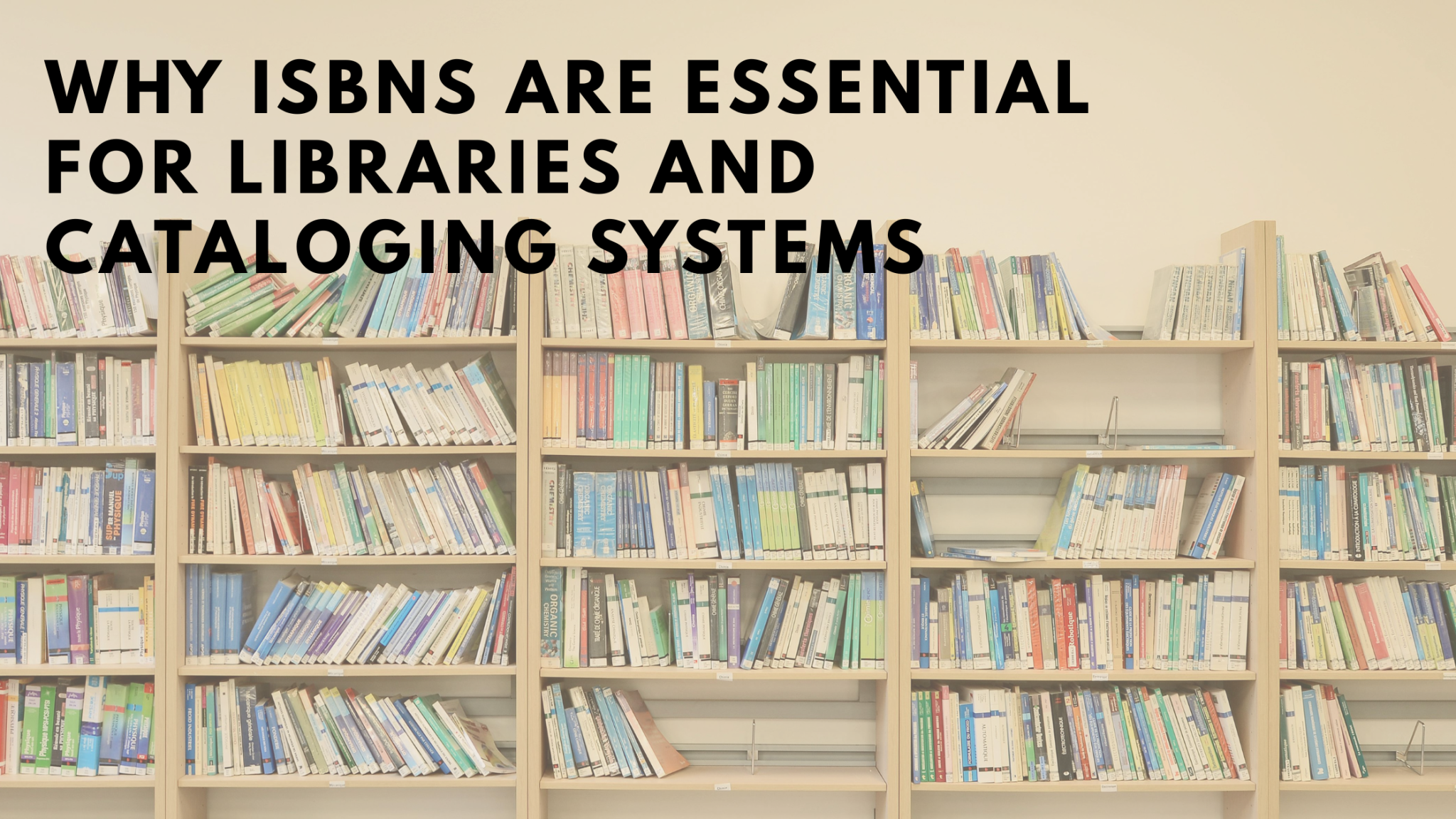
ISBNs are essential for libraries and cataloging systems because they provide a unique, international identifier for books, making it easy to manage collections and for readers to find what they are looking for. Without ISBNs, libraries would face significant challenges in organizing their vast collections, leading to chaos and inefficiencies.
This standardized system ensures that every book can be precisely identified, regardless of its publication location or language. By acting as a universal fingerprint for each edition, ISBNs prevent confusion and streamline the entire process of adding, locating, and circulating books. Ultimately, this simple numerical code is what makes a library’s vast and diverse collection manageable and accessible to everyone.

At its core, an ISBN (International Standard Book Number) is a product identifier used by publishers, booksellers, and libraries. Each edition and variation of a book (e.g., hardcover, paperback, e-book) is assigned a different ISBN. This unique numerical code serves as a book’s fingerprint, enabling the specific version to be distinguished from all others.
For ISBN cataloging, this is a game-changer. Librarians use the ISBN to quickly and accurately pull up a book’s bibliographic data, like the author, title, publisher, and publication date, from a shared database. This prevents them from having to manually enter this information, which would be incredibly time-consuming and prone to errors.
Instead of relying on a potentially ambiguous title like “The Lord of the Rings,” a librarian can search for its specific paperback edition using its ISBN. This ensures that the correct book is added to the collection and its details are accurately recorded.
The structure of an ISBN provides even more information. The 13-digit ISBN number is broken down into five parts:
This structured format allows for a high degree of organization and accuracy in library systems.
The ISBN library catalog is the backbone of a library’s organizational system. When a reader searches for a book in a library’s online catalog, they can use the ISBN to pinpoint the exact edition they need. This is crucial for academic research, where citing a specific edition’s page number is often required. The ISBN helps in ISBN discoverability, allowing users to filter their search results and locate the right book on the shelf.
Librarians also use ISBNs for inventory management. They can quickly scan a book’s barcode (which is generated from the ISBN) to check it in or out. This system streamlines the borrowing process, tracks the location of every book, and facilitates the efficient management of returns and overdue items.
Additionally, when ordering new books, the ISBN ensures that the library purchases the correct edition, thereby preventing costly mistakes. The ISBN is a crucial component of the integrated library system (ILS), a software solution that handles all aspects of library operations, from acquisitions to circulation.
Since the ISBN is a global standard, it facilitates interlibrary loans, a service that allows a library to borrow a book from another library’s collection. By using the ISBN, libraries can easily communicate and request the exact book a patron needs, regardless of where it’s located.
This standardization makes it possible to create a shared, global network of bibliographic data, making books more accessible to a wider audience. This is particularly important for rare or specialized materials, which might only be held by a few institutions worldwide.
In essence, the ISBN is far more than just a number; it is the cornerstone of modern library management and information dissemination. It ensures accuracy in ISBN cataloging, simplifies inventory management, and boosts ISBN discoverability for readers.
By providing a universally recognized standard, the ISBN empowers libraries to efficiently manage their vast and ever-growing collections, while also connecting readers to the exact books they need, whether on a local shelf or from a library across the world. Without this simple but powerful identifier, the global network of knowledge that libraries represent would be far less organized and accessible.
An ISBN (International Standard Book Number) is the 13-digit number that identifies a book. The barcode is the visual representation of that number. It’s what’s scanned at the checkout desk.
Yes. A single book can have multiple ISBNs if it is published in different formats (e.g., hardcover, paperback, e-book, audiobook). Each format receives its own unique ISBN.
A designated ISBN agency in each country is responsible for assigning ISBNs to publishers. Publishers then assign these numbers to their books before publication.
While it is not legally required for a book to have an ISBN, most publishers and booksellers won’t carry a book without one. An ISBN is essential for a book to be listed in major databases and for it to be easily tracked and sold.
ISBNs help self-published authors by allowing their books to be listed in major retail and library databases. This makes their books discoverable to readers and available for purchase through various channels, including libraries and online bookstores.
